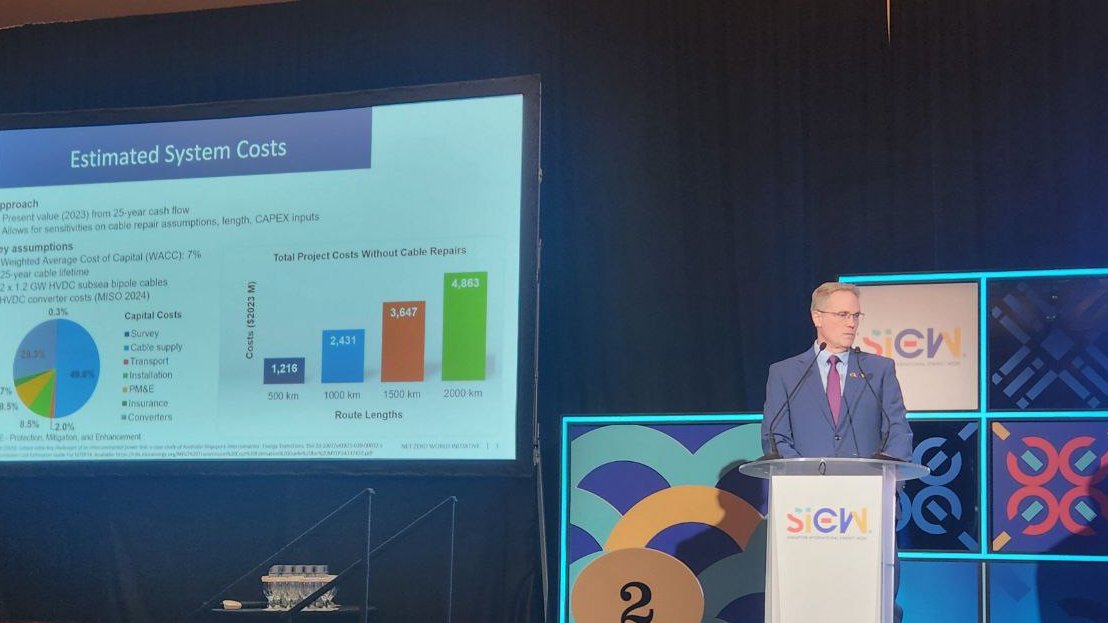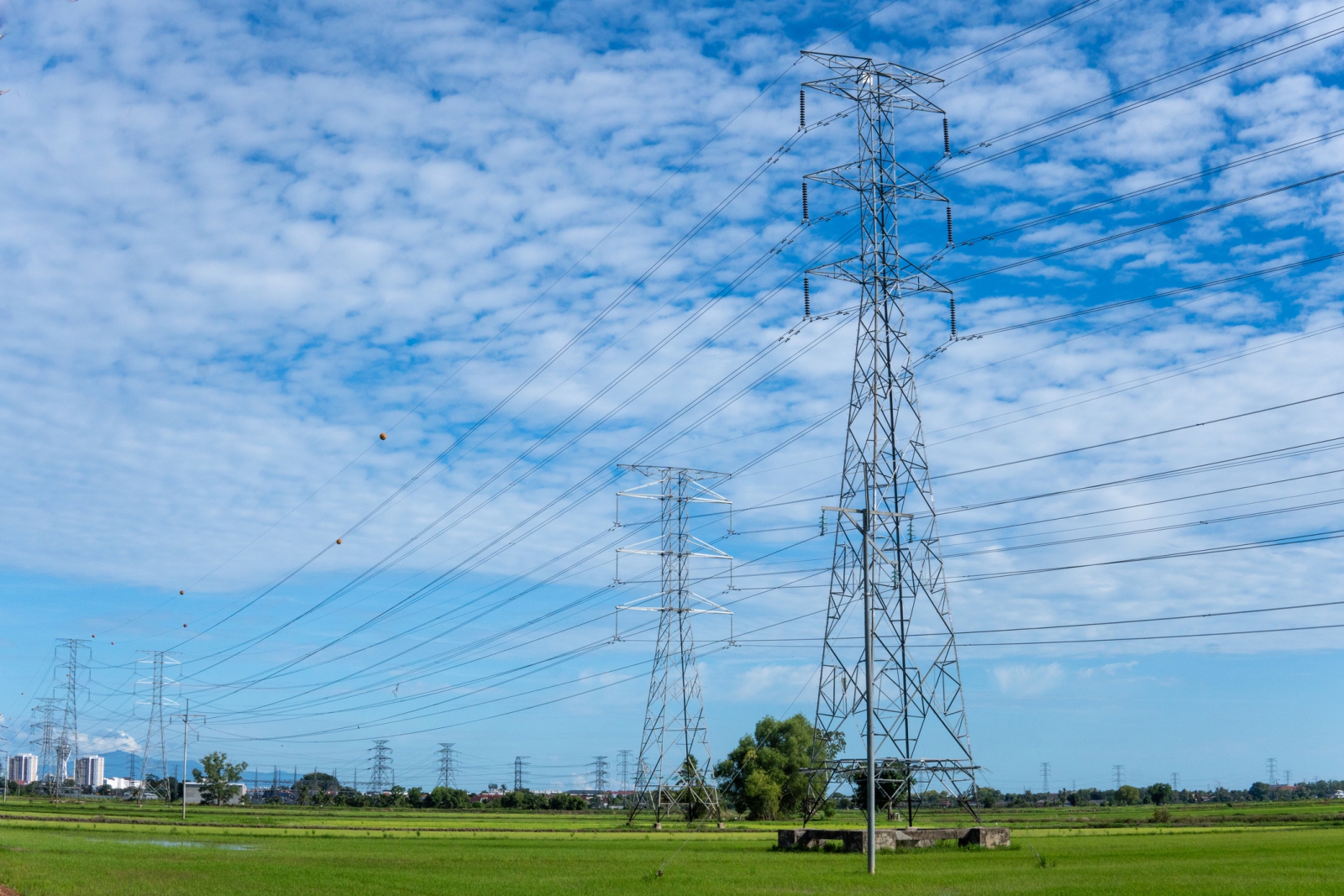
Deputy Director of the Net Zero World Initiative, Daniel Gaspar, announced the results of a collaborative research project between the U.S. Department of Energy and Singapore. (Photo: Singapore International Energy Week)
A study by the U.S. Department of Energy highlights that the ASEAN power grid not only has the potential to address green energy shortages but can also create job opportunities, attract investments, and reduce pollution, providing significant social, economic, and environmental benefits to the region.
Study highlights benefits of ASEAN power grid
During a forum at the Singapore International Energy Week on October 23, Daniel Gaspar, Deputy Director of the Net Zero World Initiative, announced the results of a collaborative research project between the U.S. Department of Energy and Singapore. The project involves an annual research and development investment of $2 billion and a cumulative investment of $1.4 trillion in power infrastructure.
The study indicates that countries participating in regional power grid interconnections could see economic boosts, with projected GDP growth ranging from 0.8% to 4.6%. It is expected to drive investments and create a substantial number of jobs, estimating an annual increase of 2,000 to 9,000 positions, particularly in the renewable energy manufacturing sector, including roles related to cables and equipment.
Gaspar emphasized that " these require a variety of qualifications, and would generate high-quality jobs at all education levels in the region."
From an environmental perspective, Southeast Asian countries, primarily reliant on coal-fired power, could enhance low-carbon energy usage through multinational grid connections, thereby reducing air pollution. The research suggests that air pollution could be halved, resulting in 15,000 fewer deaths annually due to pollution-related causes.

Study shows ASEAN power grid could create new jobs, bring investments. (Photo: iStock)
Singapore encourages green energy imports
Singapore, constrained by limited land for low-carbon power production, aims to achieve its decarbonization targets through energy imports. To encourage the import of renewable energy, Puah Kok Keong, CEO of the Energy Market Authority (EMA), revealed plans to issue 30-year import licenses to renewable energy developers.
He noted that the electricity import scheme requires substantial upfront investments, such as building large solar farms and energy storage systems, which can cost billions of dollars. The longer import license period is intended to reduce policy uncertainty, allowing companies ample time to recover their investments.
However, establishing multinational grid interconnections is not without challenges. Even with connectivity, it does not guarantee an increase in green energy trading. For instance, Singapore's plan to import renewable energy from Laos has faced delays due to unresolved conditions with the transit through Thailand.
Data from European energy think tank Ember indicates that Singapore's actual procurement volume in the initial phase has only reached 40% of what was agreed upon with Laos. This shortfall is partly attributed to a decline in global natural gas prices, leading Singapore, which primarily relies on natural gas for power, to postpone its plans to import green electricity from Laos.









